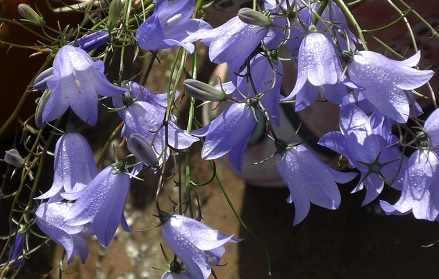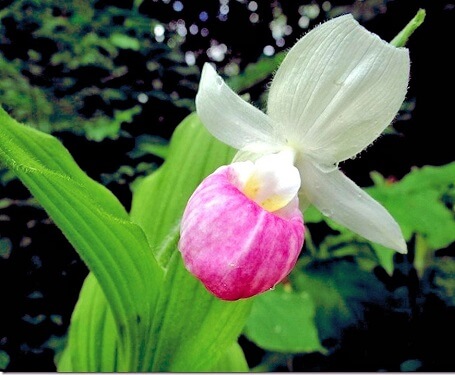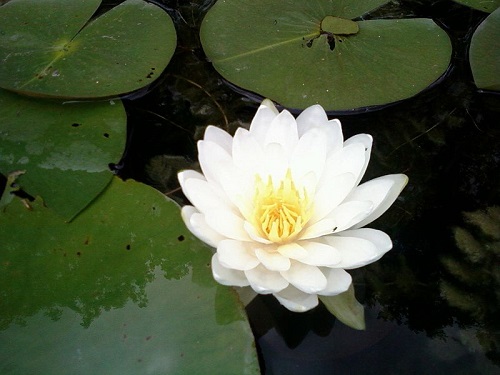 Plant Nature Study I
Plant Nature Study I
Plant Nature Study I
Plant Nature Study I





 Plant Nature Study I
Plant Nature Study I
Plant Nature Study I
Plant Nature Study I

Study the lesson for one week.
Over the week:
Aquatic Plants:

Activity 1: Narrate the Story
Activity 2: Study the Story Picture
Study the picture of the Pond Lily and find the following:

Activity 3: Take a Nature Walk or Research Online - Aquatic Plants
Activity 4: Complete a Field Book Entry

After your nature walk, complete page 29 in 'Science Field Book for Third Grade.'